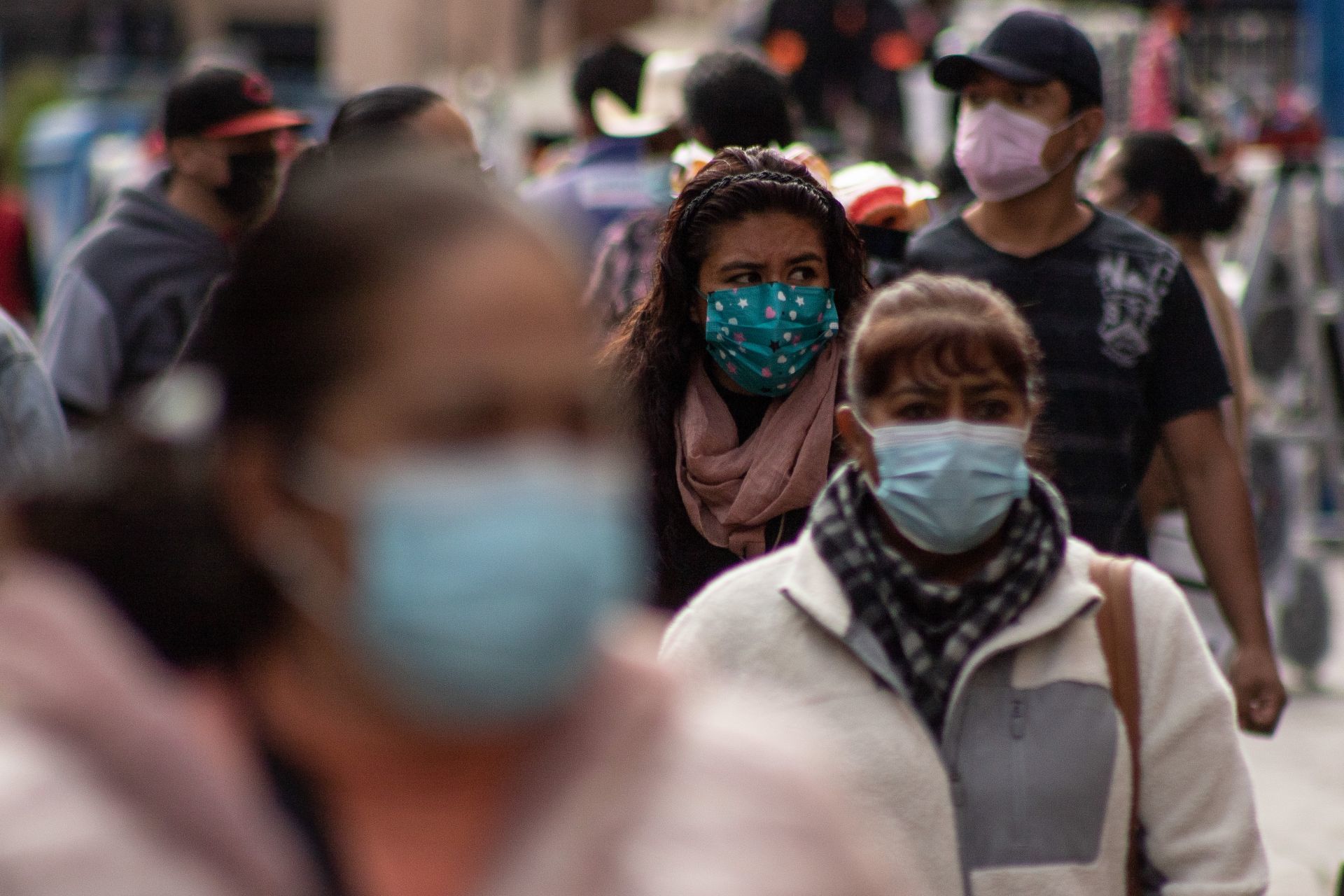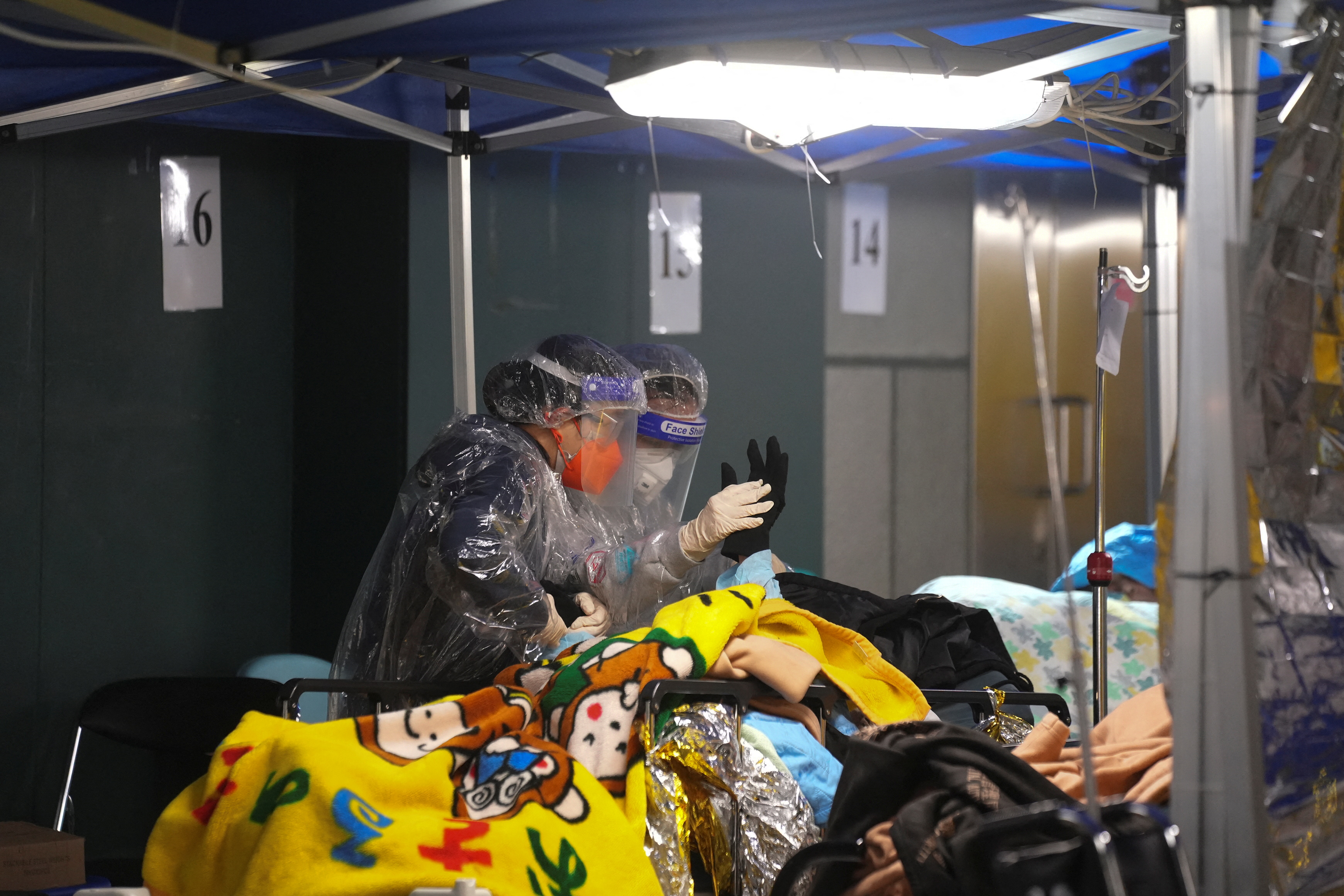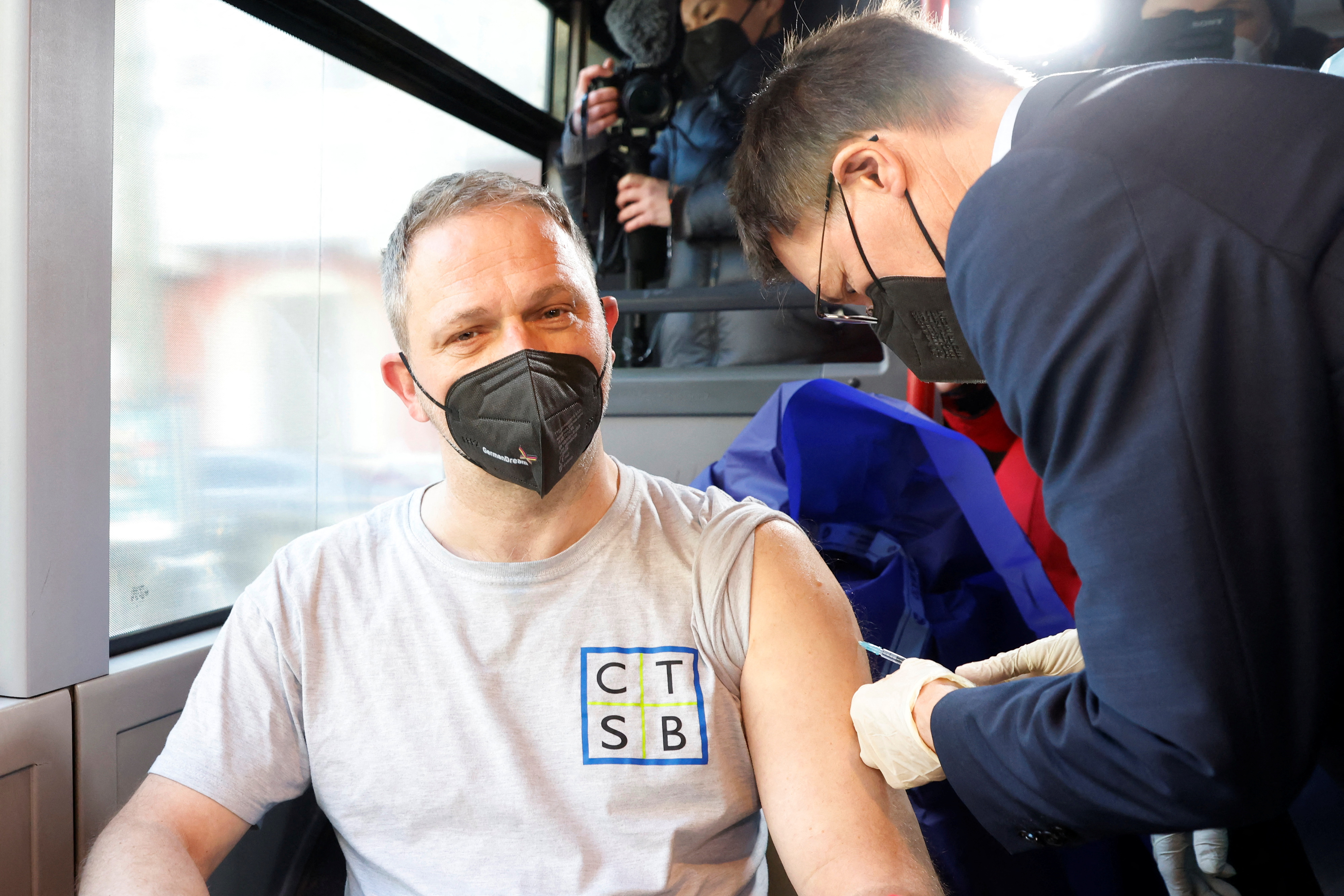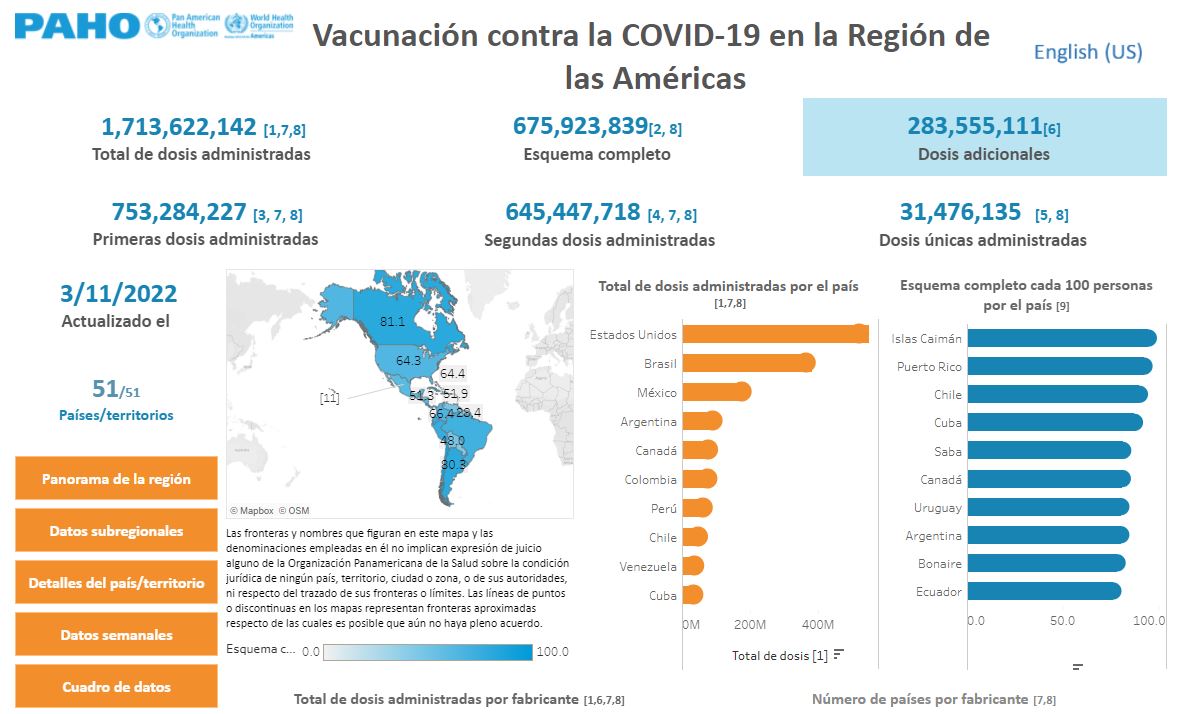
The coronavirus pandemic continues at an accelerated pace, with more weekly infections and deaths reported by the 200 countries that make up the World Health Organization (WHO).
Since the start of the coronavirus pandemic in 2020 until today, more than 456 million people have suffered from COVID-19 and 6 million have died. Currently, the new OMICRON variant is wreaking havoc in several regions such as China and Europe, where new infections are growing and governments are forced to implement isolation measures on their populations to mitigate the impact.
The Pan American Health Organization (PAHO), which monitors the health interests of the region of the Americas, expressed concern about the increase in infections in other parts of the world and fears that this will have an impact on this continent.

“Overall, trends during epidemiological week (SE) 10 (March 6-12) increased slightly in terms of cases, where more than 11.4 million cases were reported globally (8% increase). However, deaths continue to decline globally, with 42,523 deaths reported during SE10 (19 per cent decrease). Within WHO regions, cases increased in the Western Pacific Region (WPRO) (28.9%), Africa (AFRO) (12.3%) and Europe (EURO) (1.9%), while they decreased in all others (range: -23.7% to -19%),” explained Dr. Jarbas Barbosa, PAHO Deputy Director at a conference of the press in which Infobae participated with the aim of drawing a regional picture before showing the regional numbers.
“COVID-19 cases in the region continued to decline for the eighth consecutive week with more than 901,000 new cases reported in SE 10: a decrease of 19% compared to SE 9. Similarly, the downward trajectory of weekly deaths continued for the fifth consecutive week with 15,523 new deaths reported during SE 10: a decline of 18.4%. Trends in hospitalizations and/or ICU admissions for COVID-19 are also declining overall across the region,” the expert completed.
In terms of deaths, all WHO regions reported declines ranging from -48.8% in the Eastern Mediterranean (EMRO) region to -14.

“In the Region of the Americas, approximately 149 million cases of COVID-19 were reported, including 2.6 million deaths as of March 15, 2022. In the last 24 hours, this region recorded 117,839 new cases and 444 deaths,” said Barbosa.
Of the 6 million deaths reported worldwide from COVID-19, 2.6 belong to the American continent. “That means the highest number of deaths from this disease that any other continent has ever had. And yet in America only 13% of the world's population lives. Health centers in the Americas have reported more problems addressing the COVID emergency than anywhere in the world,” Dr. Carissa Etienne, director of the Pan American Health Organization (PAHO), said in a statement a week ago.
“It is a tragedy of disproportionate dimensions that will have effects in the coming years. Beyond the deaths, the pandemic has also caused devastation to the health of millions of other people and it is known that many of them continue to have problems and others will surely have them. An example of this is the countless queries we receive about mental health and cognition problems. Anxiety rates in people have skyrocketed 25% around the world, affecting mostly younger people,” added the expert.

Dr. Sylvain Aldighieri, PAHO's Incident Manager for COVID-19, said at the same press conference in which Barbosa spoke, that they are concerned about the spread of the coronavirus in the Asian and Western Pacific region. “We note with concern the increase in infections in China, Hong Kong, Australia, New Zealand and other neighbouring countries. In China, the increase in infections was 29% in one week, with a 12% increase in deaths in the same period,” said the expert.
The Asian country announced yesterday the detection of 3,602 local cases of COVID on its mainland, of which more than 3,000 were located in the northeastern province of Jilin, bordering Russia and North Korea. In addition to outbreaks in the northeast of the country, increases in infections were reported in the metropolises of Shenzhen and Shanghai, which local authorities are trying to stop by applying the strict zero-covid policy. The southern city of Shenzhen, with 17 million inhabitants, decreed last weekend the cancellation of public transport services and movements in neighborhoods have been restricted following a regrowth that leaves 551 active cases in the city, according to the latest official data.
“A scenario of increased contagion always has to be on the epidemiological radar of health authorities. We need to be vigilant about the possible emergence of new variants. There is a need for sustained control of the disease. We see how the Ómicron variant is predominant there as in the whole world. And we study that 62% of the infections correspond to the new subvariant BA.2. In contrast, in the region of the Americas 95% of the circulating virus corresponds to the original variant Ómicron BA-1″, Aldighieri said.

Expert epidemiologists were concerned about the slow vaccination in several countries of the Americas, especially in the Caribbean area. “We must ensure that the most vulnerable populations receive vaccines and apply them. It is the most effective tool we have to fight the coronavirus,” Barbosa added.
The concern of the experts is clear. While there are countries with a high number of people vaccinated with two doses, such as Canada (81%), Chile (90%), Uruguay and Argentina (80%), Ecuador (76%), Peru (75%) and Brazil (70%), there are countries with very low levels such as Jamaica (22%), Guatemala 31%, Bahamas (39%) and Paraguay (44%).
KEEP READING:
Últimas Noticias
Debanhi Escobar: they secured the motel where she was found lifeless in a cistern

The oldest person in the world died at the age of 119

Macabre find in CDMX: they left a body bagged and tied in a taxi
The eagles of America will face Manchester City in a duel of legends. Here are the details

Why is it good to bring dogs out to know the world when they are puppies



